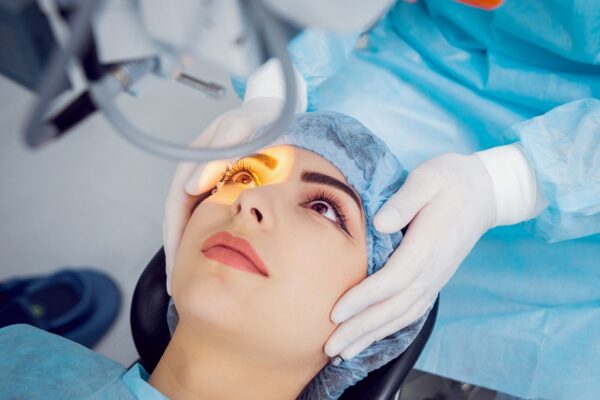DNA testing to investigate ancestry and family relationships has grown increasingly popular over time, especially with siblings. Sibling DNA tests are among the more well-known genetic test options, providing answers to familial inquiries while offering insight into sibling relationships. The definition, application, and key points to remember for DNA testing for siblings will all be covered in this article.
What Is A Sibling DNA Test?
Sibling DNA testing allows two people to identify whether they share biological relationships between themselves; whether that be no biological relationship at all, half-siblings (sharing one parent), or full siblings. Sibling testing examines genetic similarities rather than matching children against parents to confirm paternity/maternity.
DNA Test Procedure For Siblings
Testing for genetic similarities between siblings involves examining particular DNA areas. An outline of the procedure is provided below:
Collection Of Samples:
First things first, DNA samples from all parties concerned are gathered. Typically, this is accomplished with a straightforward cheek swab that gathers oral mucosal cells.
DNA Extraction And Analysis:
A laboratory receives the gathered samples, extracts the DNA, and performs analysis. For particular genetic markers or loci that are known to differ between individuals, the lab looks through the DNA.
Comparison of the Outcomes To ascertain the possibility of their relationship, the laboratory contrasts the two brothers’ genetic markers. Counting the number of markers they have in common and comparing them to the predicted markers of unrelated people, half-siblings, and full siblings are two aspects of this comparison research. Paternity USA Sibling DNA tests, can offer valuable insights into family relationships by determining whether two individuals are full siblings, half-siblings, or not biologically related at all.
Uses For DNA Testing In Siblings
Numerous uses exist for sibling DNA testing:
Biological Relationship Confirmation:
In situations involving adoption or when family documents are erroneous or insufficient, they are frequently utilized to support or contradict the existence of a sibling relationship.
Endowment And Succession Issues:
Sibling connection verification may be necessary in inheritance disputes or estate planning. Tests on siblings’ DNA can yield convincing proof to settle disputes over money and law.
Genetic And Medical History:
Understanding medical disorders and hazards may need knowledge about one’s genetic heritage. Tests for genetic similarities between siblings can reveal information about hereditary disorders that may impact relatives.
Siblingship DNA test can be used to confirm or refute links that are hypothesized in genealogical research, helping individuals studying their family tree.
Dependability And Accuracy
Although testing for sibling DNA is very accurate, no test can give a 100{2c479624610499ec1e3b2cc3871e69375d430a2c1bc92fdb5a6b200d564f23ea} certain answer. The findings are presented as probabilities, which means that rather than being an absolute reality, they represent the possibility of a certain link. In a test, for instance, there is a 99{2c479624610499ec1e3b2cc3871e69375d430a2c1bc92fdb5a6b200d564f23ea} chance, which is extremely high but not absolute, that two people are full siblings.
A number of variables, such as sample quality, the quantity of genetic markers examined, and the particular procedures followed by the testing facility, affect the test’s accuracy. Advanced methods and various markers are used by reputable labs to guarantee accurate results.
Restrictions & Things To Bear In Mind
Sibling DNA tests have certain drawbacks despite their strength:
Partial Information:
In situations when there are neither full or half-siblings between the individuals, sibling tests may not be able to accurately ascertain the nature of the relationship. The test may yield inconclusive findings if the siblings are not genetically related.
Social And Emotional Repercussions:
Finding out a sibling’s DNA test results can have a big social and emotional impact. It’s critical to weigh the potential effects on family dynamics and be ready for unanticipated outcomes.
Cost:
Testing for sibling DNA can be costly, particularly if it is done at a prestigious facility. Comprehending the associated expenses and balancing them with the possible advantages of the examination is crucial.
Conclusion
When biological ties may be unclear, DNA testing with siblings can shed light on family dynamics and provide stability. People are better able to decide whether and how to utilize these tests if they have a clear understanding of how they operate, their uses, and their limitations. Sibling DNA testing are a useful tool in the current era of genetic science, whether they are being used for familial relationship confirmation, legal dispute resolution, or genetic history exploration. Approaching the results, though, requires an awareness of their probabilistic nature as well as any possible emotional and social ramifications.





